Deepa Reddy introduces Shalikuta, a collective I am so glad to be part of (more on it later). Read on…
உணவே மருந்து, மருந்தே உணவு …
“Unave marunthu, marunthe unavu [Food is medicine, medicine is food]”
—principle of Tamil Siddha medicine, 7th century BC
Shalikuta is over a year old at the time of this writing, and I’m over a year late introducing the project–but a year late is a year older and so much the wiser.
Shalikuta started out with a plate of rice and a dream of synthesis. The rice was poongar, an unpolished Tamil Nadu red rice with purported health benefits, particularly for women–but really it could have been any of our native rice varieties, numbering in the thousands. Information about our many of heritage grains is plentiful and not without its merits, but it is mostly supplied by e-commerce vendors who echo each other so clamorously there is often no real way to tell if the chorus is speaking a truth or spinning more salesmen’s yarns.
So the plate of rice raised two problems. The first of these is just knowing about the grand biodiversity of our native landraces. Like poongar are hundreds of native, indigenous varieties of rice from all of the rice-growing states of India from Tamil Nadu and Kerala up to Madhya Pradesh, Gujarat, Chattisgarh, Assam and beyond. Some are known locally, but we have only a poor appreciation of the biodiversity of this subcontinent, which reflects on our knowledge (or lack thereof) of rice. Each grain has its own unique nutraceutical profile. The presence of all these diverse rices, however, is eclipsed and even threatened by the far smaller handfuls of mostly “white” high-yielding hybrid rices we have come to know in far more generic terms as just white or parboiled and maybe in these health-faddish days also by color: brown, red.
Knowing about the grand biodiversity of our heritage landraces means also coming to terms with what we have already lost. Rices like Kuthiraivaal samba, or a good many Andhra rices–Kunkuma banthulu, Erra mallelu (both of which promise to be red rices, the latter with the fragrance of jasmine) and Kaki rekkalu (a rice black as crows’ wings)–perhaps still live with tribal subsistence farmers in remote areas, if at all any more (thanks to Shravani of My Curry Veda for these names). The Kodava rice bellia (pronounced Belli-ya), which was a tall variety, 2.5/3ft., tough to harvest because it would bend and collapse during December winds, and seeds would not set–is another example drawn to our attention (by Anjali Ganapathy). And for all the rices we still have available to us, there are hundreds more stories like these of rices which live only in memory.
Knowing means thus becoming aware both of what we have lost, and what we must yet keep alive.
For reading about the many varieties of rice that still lend character to local cuisines (Gobindo bhog, karuppu kavuni, garudan samba, kala namak, indrayani, khushboi, swasthikasale, rose matta, bora saul and more and more) was for us like walking into an ethnobotanical wonderland of fragrance and texture, hope and culinary possibility, medicinal knowledge and culinary innovation, all of which is all still there–and not visible at all. It opened out to the second problem, which was one of the accuracy and authenticity of what we know about our heritage rices.
The lack of good information, the overabundance of poor and unverified information, or marketing information, or overly technical and specialized information; the unsynthesized, dispersed, and piecemeal knowledge we have amassed on our heritage rices; the agricultural universities’ promises of high-yielding sureties, the ration shops’ need for low cost and high volume–all these things have put the rices that should have been seasonal staples in all our kitchens so far out of reach, literally and figuratively. For with the rices go the stories, the metaphors, the ideas of how to care for the body or how to prepare a pongal. We are losing pliability in our search for standardization and predictability, and expecting the natural world to conform to our flighty tastes rather than living in accordance with its own movements. From 60,000 landraces that once existed we have now somewhere in the neighborhood of 2000, but it isn’t just the rices being lost, it is whole culinary practices, knowledge systems, methods of care and creative innovation.
So did Shalikuta begin as an ethnobotanical dream of compiling a pharmacopoeia of Indian heritage rices–a synthesizing dictionary of rices, if you like, which gives their nutraceutical profiles as best we know it and the stories and recipes that bring these grains alive in our kitchens, customs, ceremonies and more. We want to restore value to our heritage rices, and bring back with them ways of thinking, speaking, feeling, cooking and healing with local ingredients in local kitchens. We’d like this to happen in one place that continues to grow with the knowledge we gain, so for Shalikuta to be a continued effort and a living repository.
It is a considerable challenge, as we’ve learned this past year! Even if we cultivate an appreciation for vast biodiversity, it’s tough to live with that vastness when our daily needs and capacities are narrower by far. Plus even a single rice changes with soil and season, so what can be claimed about it shifts around, too.
Nonetheless, the project persists, and here is its scope and rationale in somewhat more formal detail:
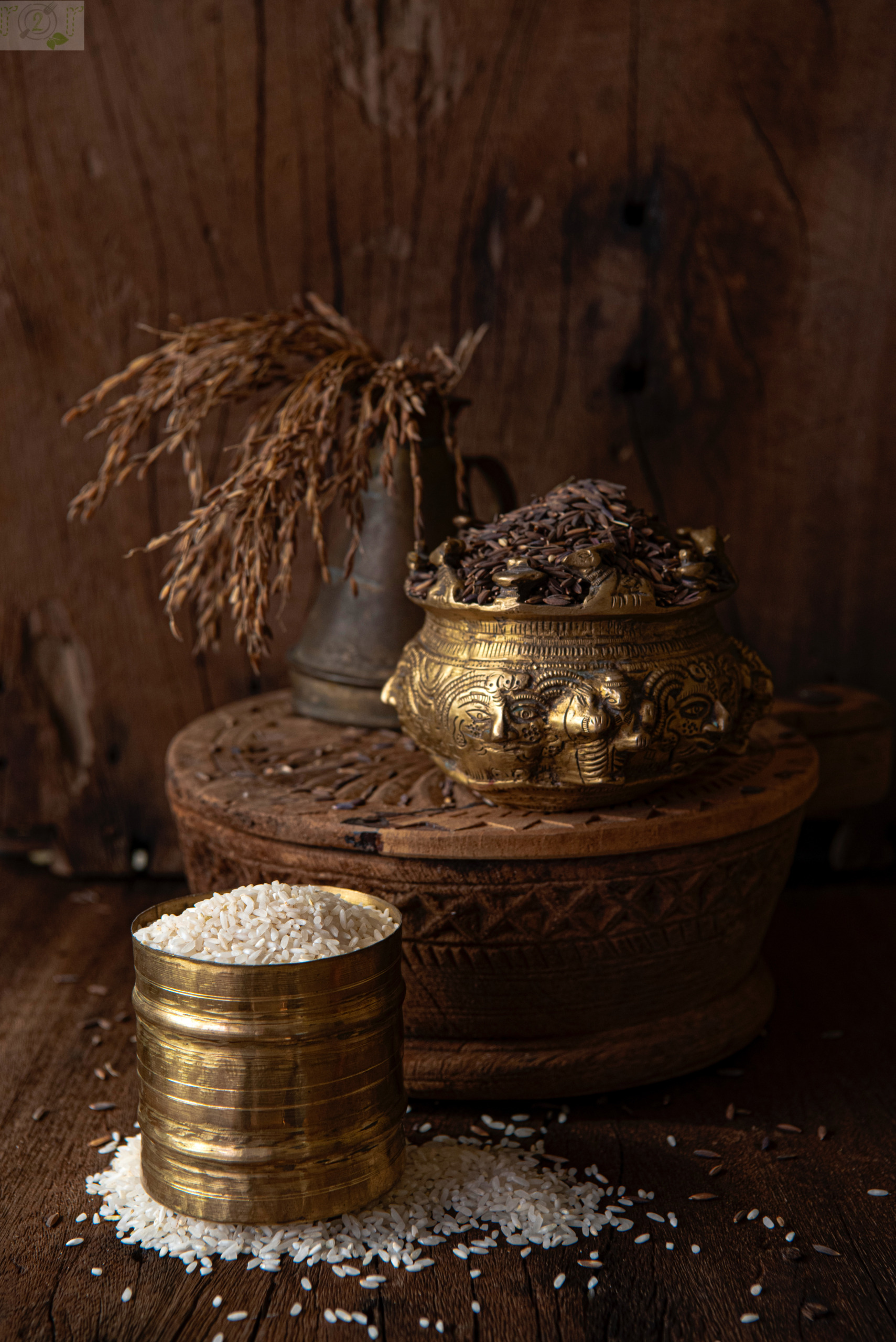
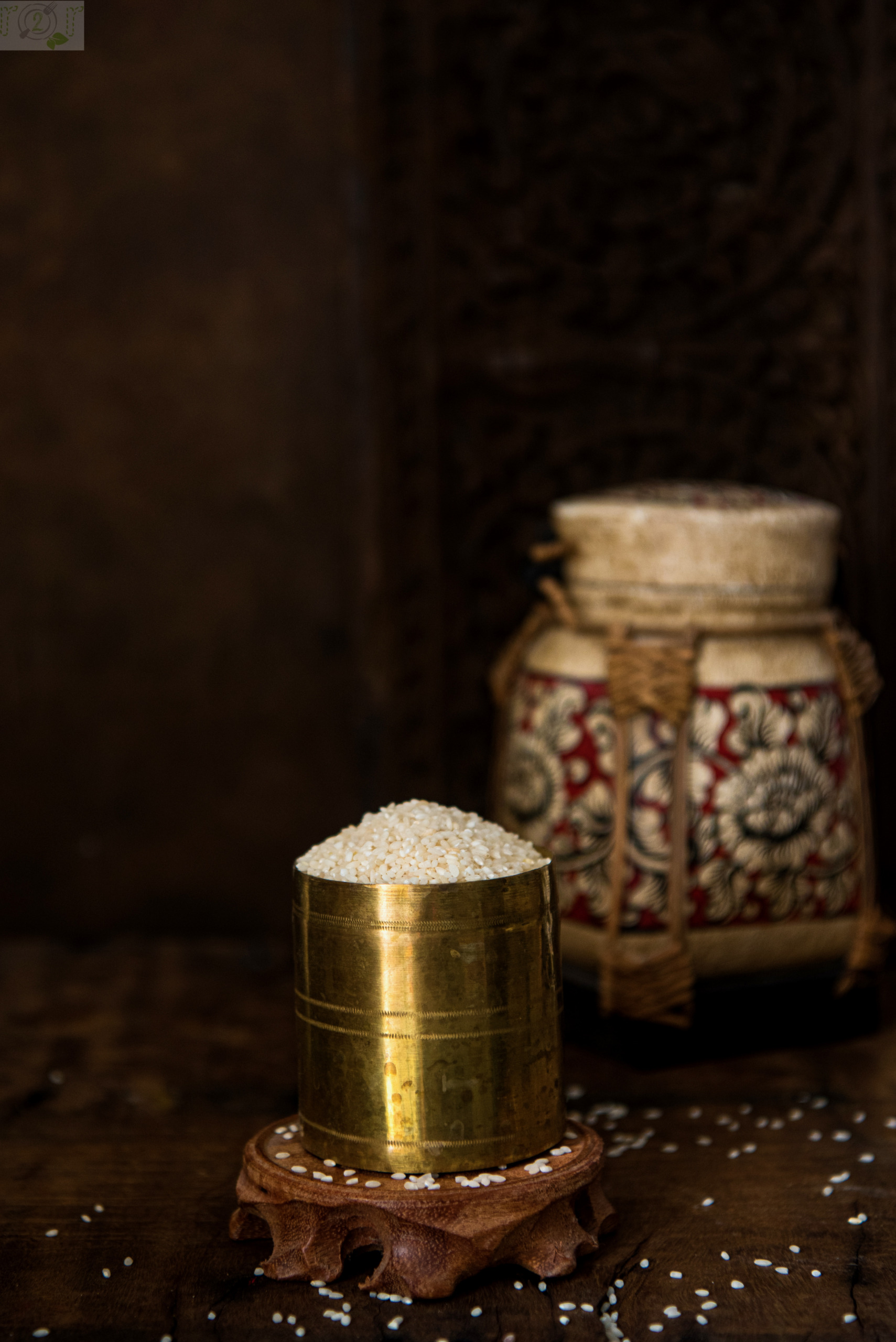
What does Shalikuta mean?
Sali rices of Ayurvedic texts were the July-November season transplanted varieties, but we use the term somewhat more broadly to refer simply to “heaps” of rice: Śālikūṭa (शालिकूट):—[=śāli-kūṭa] [from śāli] n. a heap of rice. The term is also used to allude to granaries, and thus is Shalikuta both literal granary of Indian heritage rices, which we collect to use and work with them, as well as a metaphorical storehouse of knowledge.
Who are we?
We are a group of writers, bloggers, researchers, home-cooks, photographers, and entrepreneurs, united by a common love of our diverse regional Indian cuisines and cooking practices—from ingredients and preparation techniques, to recipes and the human relationships that food generates at all stages of production and consumption. We have come together now over a shared fascination for rice. We want to tell stories of Indian heritage rice landraces and their little-known and even less appreciated medicinal and nutritional properties. The commercialization of food and our increasingly urban and global lifestyles have disconnected us from this important Indian staple cereal, reducing both the varieties of rice available to us and our collective knowledge about rice and its curative properties. We have therefore gathered to investigate our own rice traditions anew, to restore a deeper appreciation of Indian heritage landraces and their invaluable role in fostering health and well-being. Currently, we represent 6 Indian states: Assam, Gujarat, Karnataka, Kerala, Odisha, and Tamil Nadu.
Our collective consists of:
- Deepa Reddy, Paticheri @paticheri
- Aparna Balasubramanian, My Diverse Kitchen @aparna.balasubramanian
- Pratiba Bhat, Food for Joy @pratibabhat
- Sheetal Bhatt, The Route to Roots @theroutetoroots
- Sweta Biswal, Oriya Rasoi @swetabiswal
- Vijhay Ganesh @maiyam_pastfood
- Radhika Penagonda, Just Homemade @justhomemade
- Priya Raghunathan @priya.raghunathan
- & Pari Hazarika @saltsugarandsmoke (who was part of the original collective until March 2020)
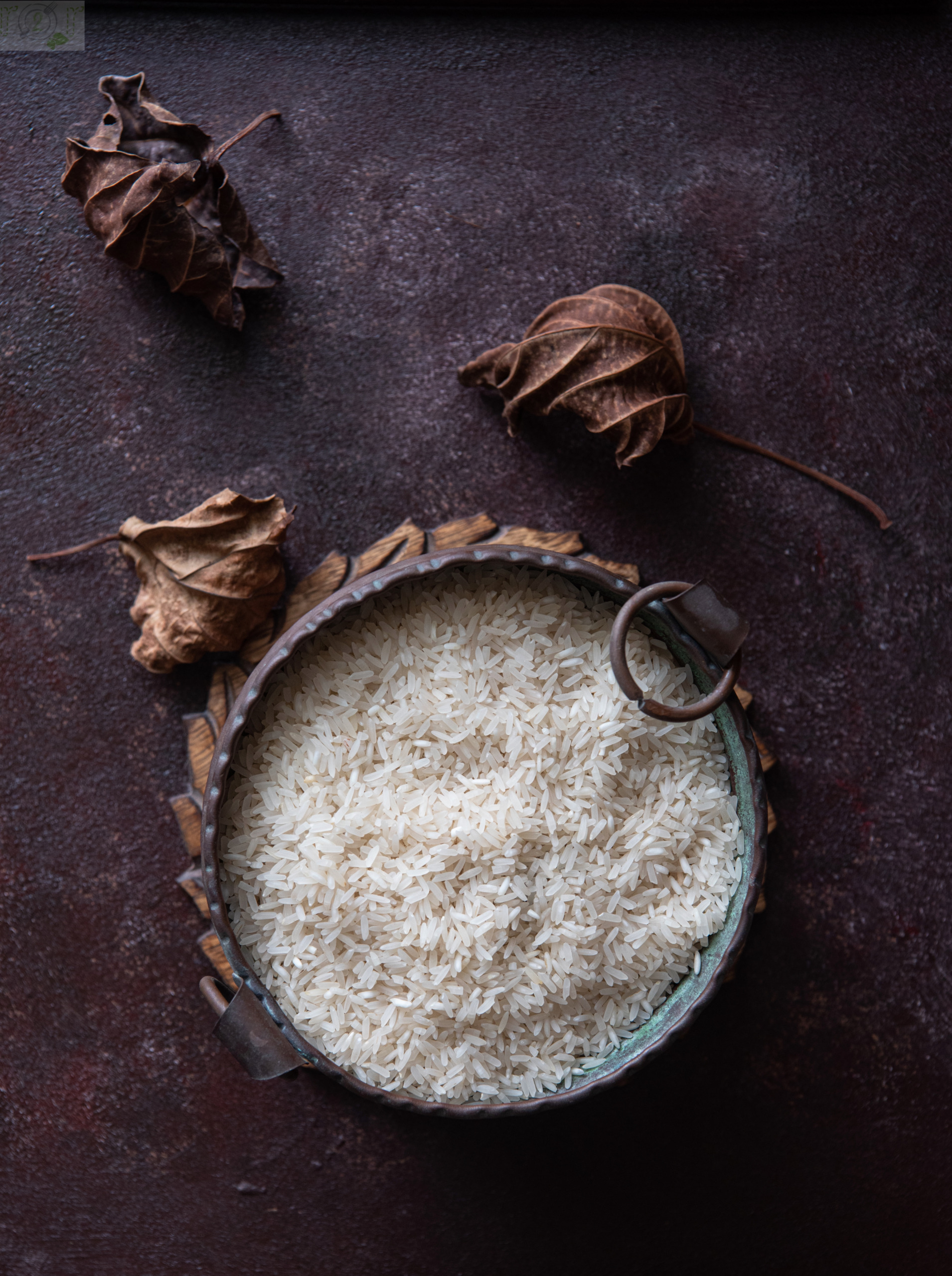
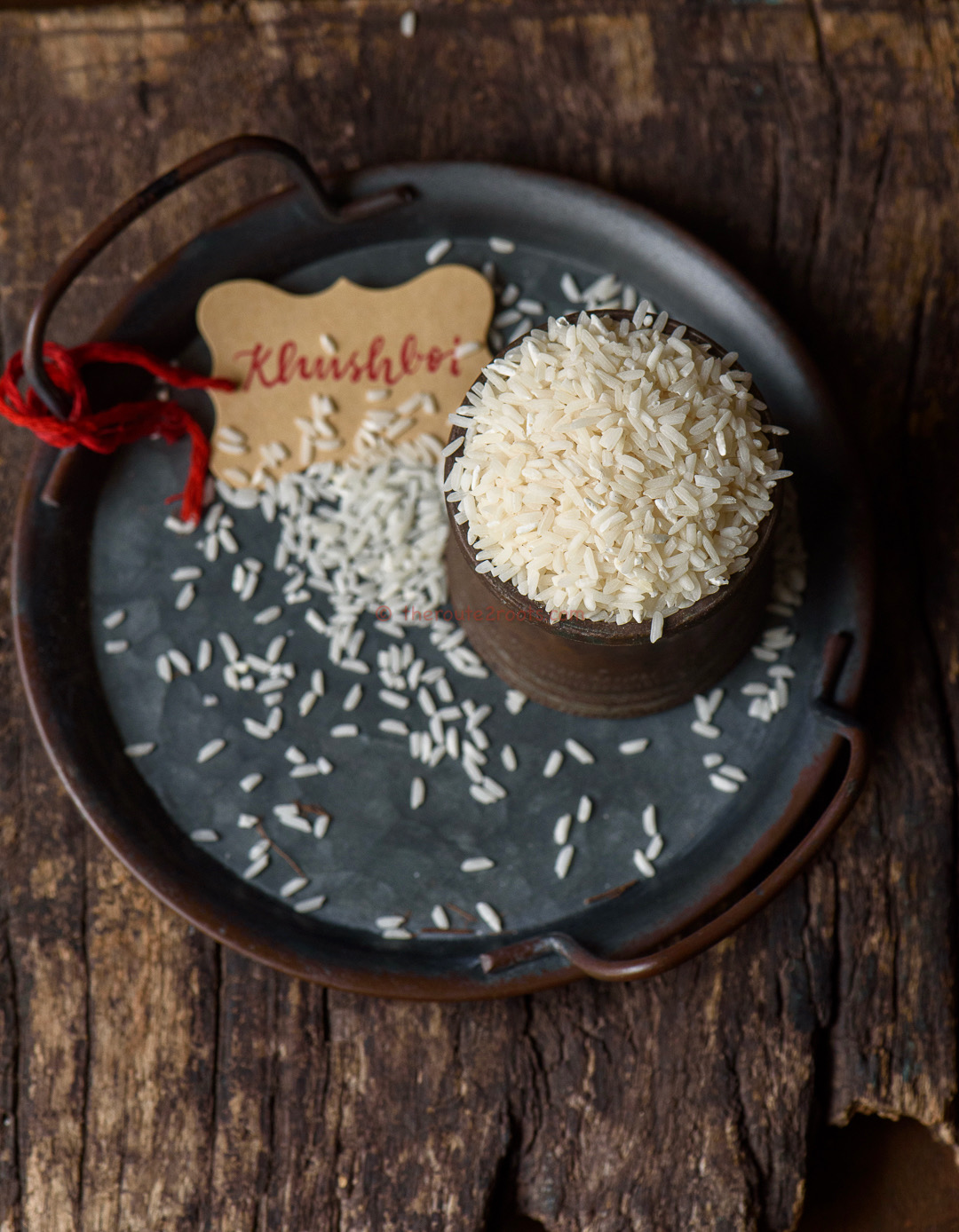
What do we do?
- The aim of this project is to identify Indian heritage rice varieties which have known medicinal and nutritional properties, and to create a living archive of this knowledge. We are specifically interested in how farmers grow, harvest, store and process rice in ways that are thought to enhance their natural medicinal/nutritional properties; folk insights about regional rices and their value in Indian diets or for the treatment of specific ailments; and how rices must be prepared or served such that they can best benefit those consuming them. We therefore seek to document heritage rice properties from four distinct perspectives: growing, milling/processing, cooking, and healing.
- We also find much beauty in rice itself: the huge diversity of color, aroma, texture, size and more is a source of endless fascination, and, we find, an invitation to so much local creativity in cookery. Our aim is to capture both nutritive and aesthetic dimensions of rice varieties, and to build a storehouse of the cultural knowledge that exists about these.
Why rice, why this project?
- Civilizationally, rice is one of our most important cereals. Diets, communities, and entire lifeways are built around rice production and consumption in the different regions of India. Laden with cultural and religious symbolisms, rice is both a grain and a cosmology unto itself.
- Rice landraces are also a crucial part of India’s ecological biodiversity. Cultivated rice in India has, over the centuries since its domestication in the subcontinent, evolved into an astonishing array of over 60,000 landraces, adapted to diverse soil and climactic conditions (Deb 2000). The push to development coupled with the logic of the Green revolution, however, has created a far greater valuation of the so-called “high yielding varieties” (HYVs). This threatens the decimation of folk rice varieties, many of which have significant medicinal, nutritional, and cultural value. Concerted documentation coupled with conservation initiatives are the only viable pathways to reclaiming these landraces from extinction. A greater consciousness about our own indigenous biodiversity, a greater appreciation of the value of rice in the Indian diet, and therefore a greater demand for local rice varieties all play important roles in ensuring that growing heritage rices remains an economically sustainable option for small farmers.
- There are of course many Indian organizations and associations doing the critical work of conservation farming, seed banking, documentation and so on. But although there is wide discussion of the medicinal and nutritive properties of specific rices, this data has not been comprehensively compiled—nor has it been made fully accessible to people seeking to use these rices as part of their daily diets. This is the gap that our efforts seek to fill. We want to complement conservation efforts by telling stories of rice in ways that make these interesting, aesthetically appealing, nutritionally valuable, and accessible to people in all parts of India.
In recent years, rice has also been maligned as a straightforward “carb” which the fitness-conscious or insulin dependent must beware of. Treating rice merely as a starch undermines and belittles local and indigenous medical understandings of rices, which have a finer-grained, deeply contextual, and complex grasp of the diversity of rices and their equally diverse properties. We hope that creating a storehouse of such knowledge will enable consumers to make more informed and discerning choices in seeking out rices for their daily use.
Why does this matter?
Our indigenous knowledge systems need to be more meticulously investigated and recorded so that:
- We acquire a far deeper appreciation for and relationship with this most critical staple cereal of Indian diets, we remain more connected to the sources of our food, and more attuned to the environments in which they are produced;
- We arm ourselves against the threat of biopiracy and assert our collective rights to our heritage, indigenous knowledge, and innovation;
- We create a baseline of knowledge for others to research further, verify, validate, and build upon;
- We ensure that farmers can have viable economic reasons to continue to grow lesser-known rice varieties by helping to create markets for these;
- We enable consumers to make more conscious, informed, responsible, and discerning choices about the cereals available to them in order to build more healthy diets rooted in local supply and knowledge;
- In times of rapidly accelerating climate-change, we teach ourselves resilience and adaptability: rather than expecting uniformity and consistency, how to cook with varying staples, season-to-season and year-to-year, and still ensure balanced diets with both nutritive and curative properties.
Where will you build your pharmacopoeia?
We don’t know the answer to this one yet. We might create an online database, or write a series of pamphlets, or self-publish a book. Stay in touch with us to follow our work and know more as we know more.
Who is funding Shalikuta?
At the moment, Shalikuta is entirely volunteer-based and self-funded.
Do you have a website?
Not yet. We each have our own food blogs, which have already started to reflect a deeper engagement with the rices we are meeting along our many journeys and through interactions with growers in our respective states. We also have a small presence on Instagram: @shalikuta. You can follow along there for updates on our research, learnings and challenges, but it’s just a glimpse. That’s it for now.
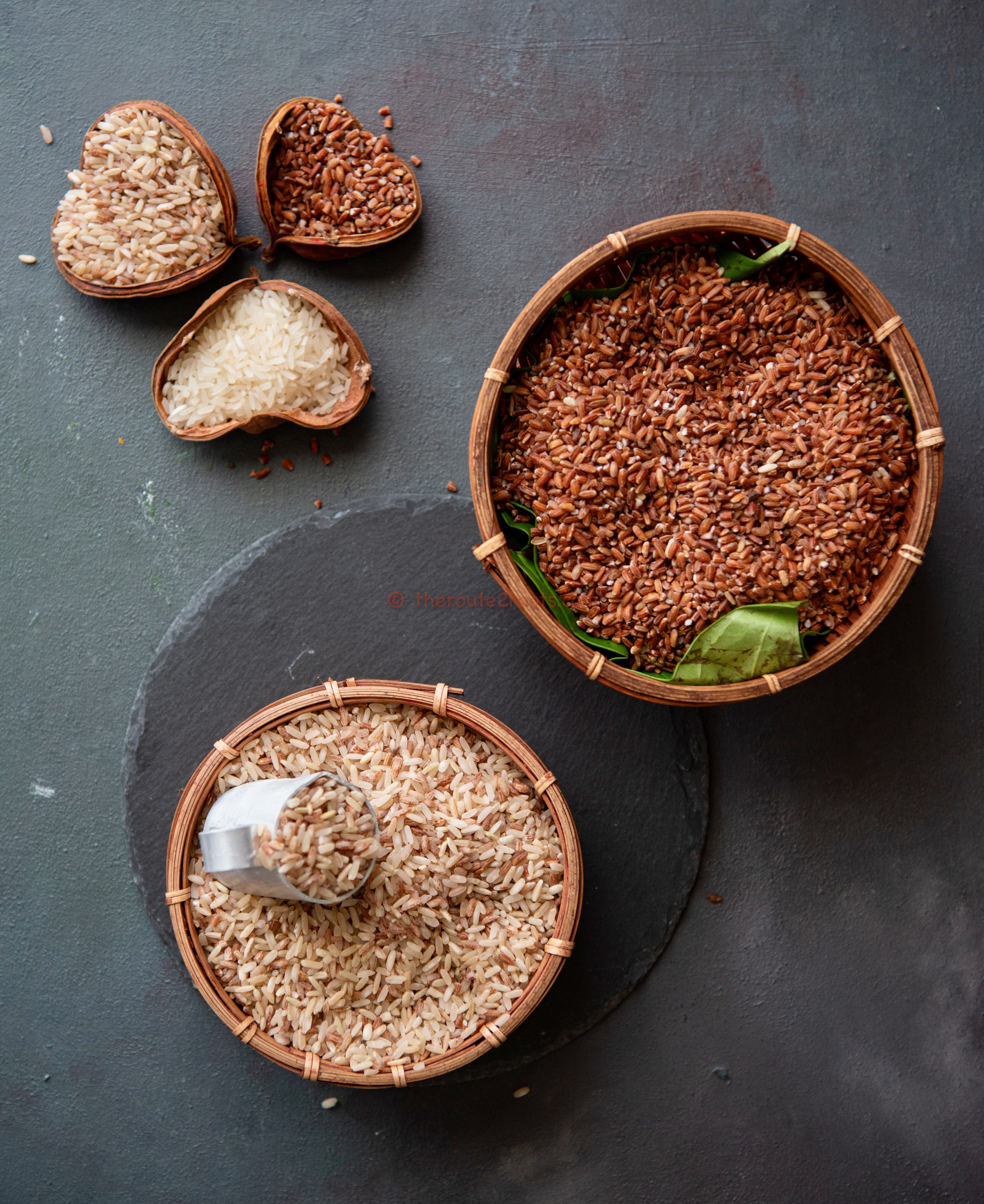

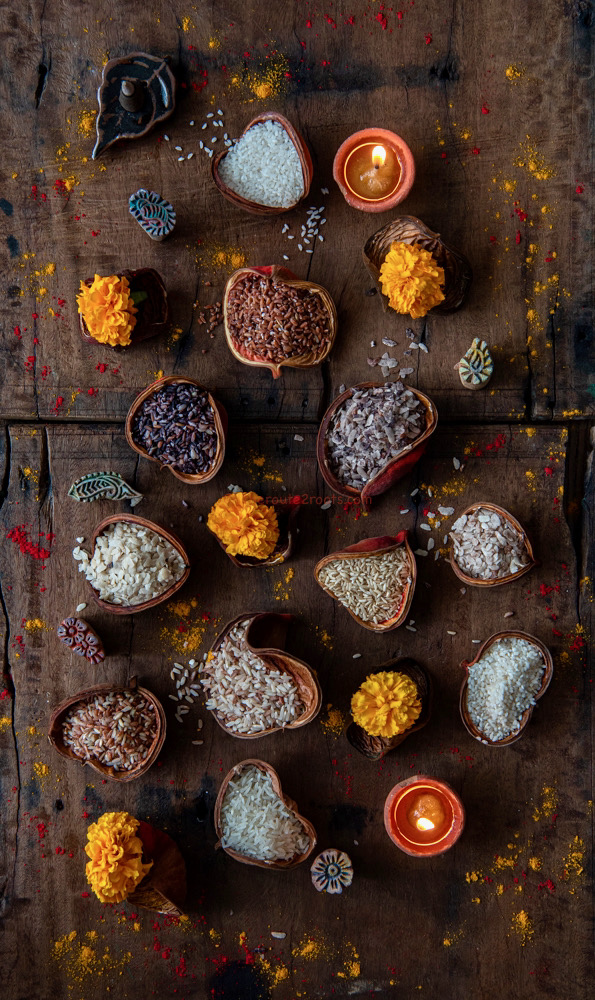

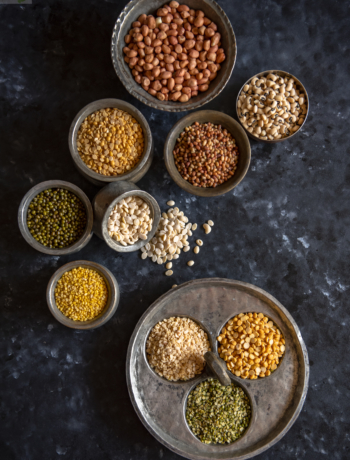
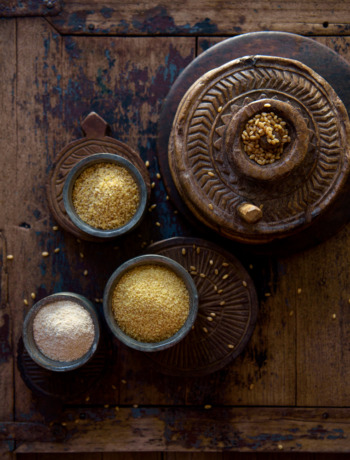
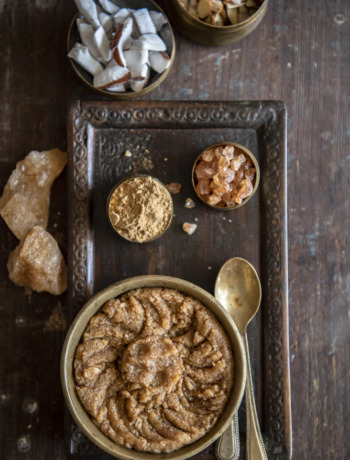
No Comments